
Join Go Wild today!
You’re about to leave the Go Wild website!
Are you over 18, or with your parent or guardian?
If not, please click back to the previous page.

Ace places
Can you imagine whizzing around in a helicopter looking for polar bears? It’s all in a day’s work for Jon. Let’s meet him…
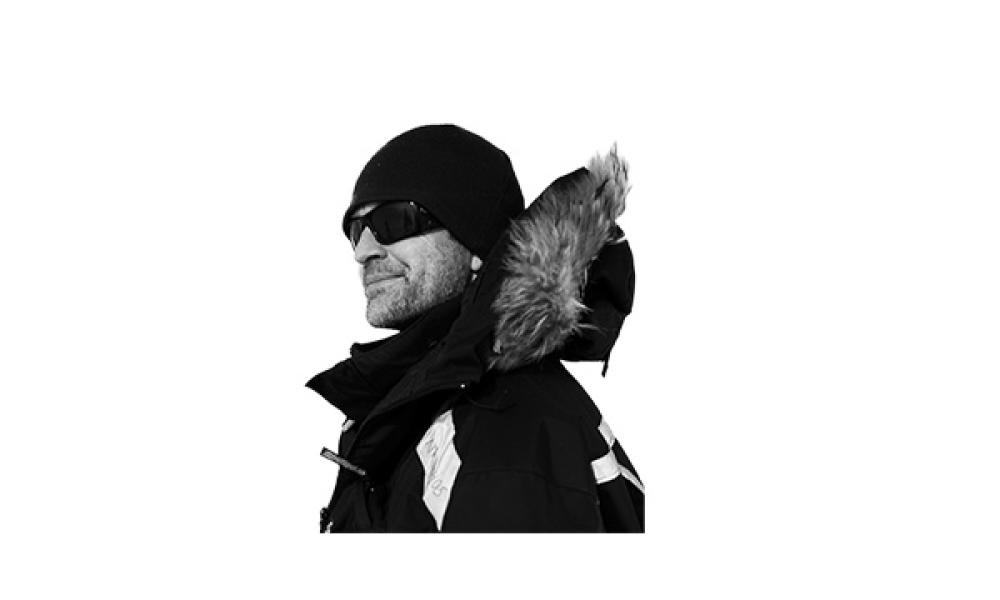
Hi! I’m Jon Ars. I’m a polar bear biologist with the Norwegian Polar Institute. We work with WWF to protect polar bears and their icy home. Part of my job is putting satellite trackers on the bears. Read my diary to learn more!
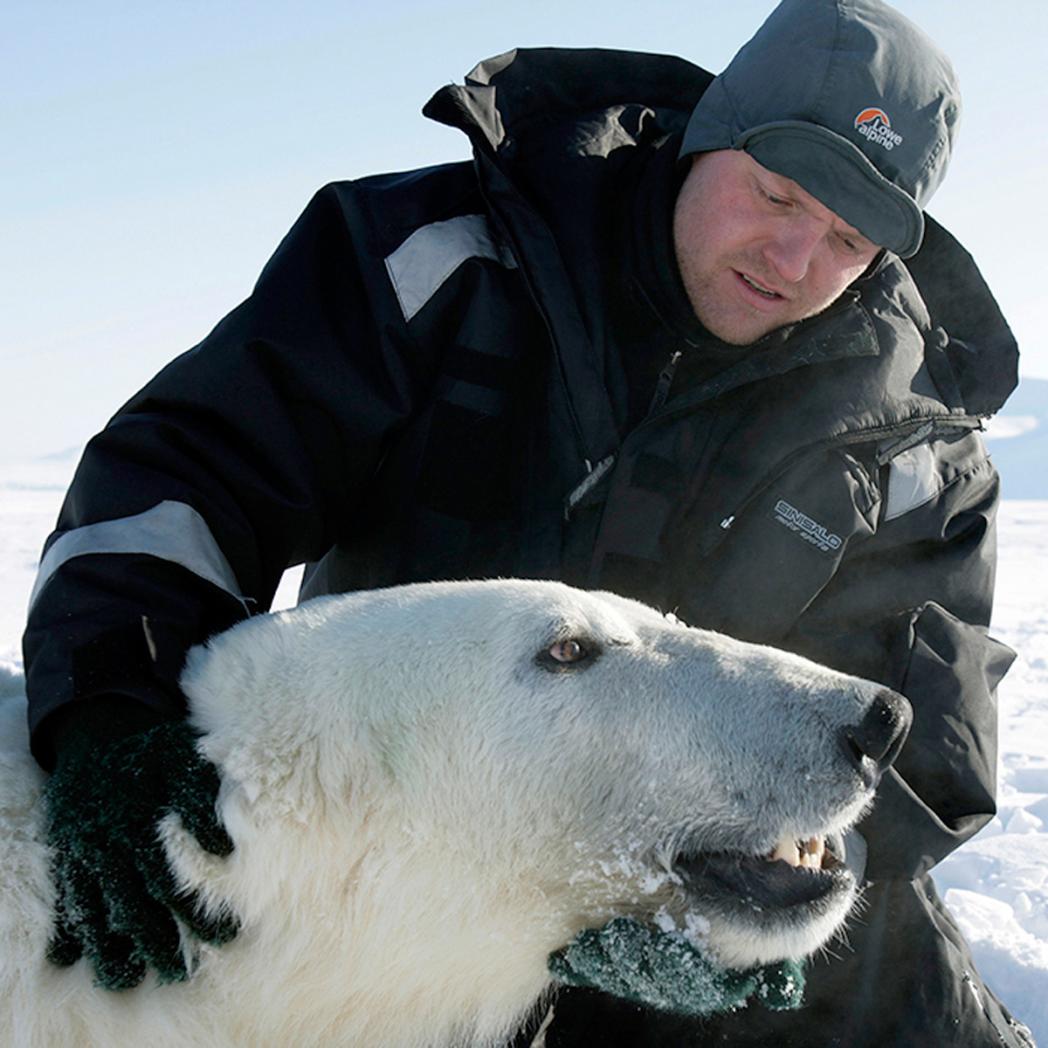
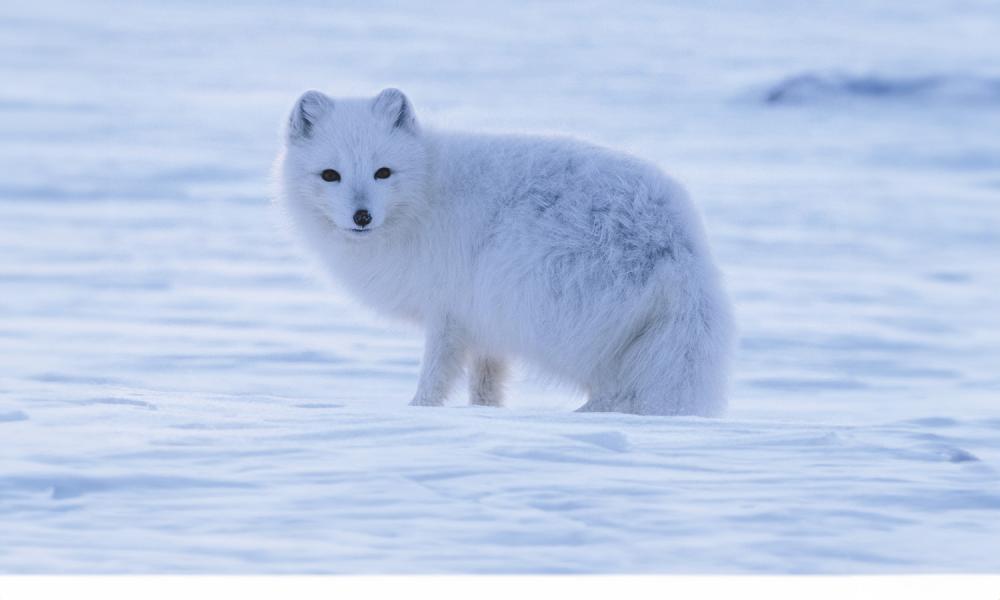
In March, we went to our field camp on Barentsøya island in Svalbard (a group of islands far off the north of Norway). The camp is very basic with nothing but two small cabins, five beds and an area to make food – but it’s great to be back, tagging polar bears. The tags mean we can track the bears and learn more about them.
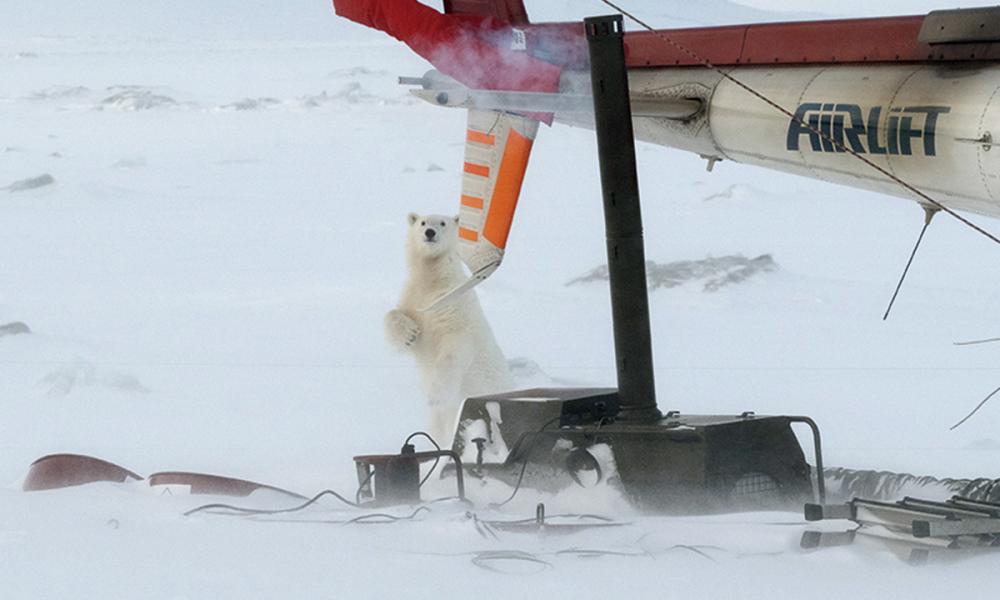
When a curious female and her cub wandered by, we went up in the helicopter so we could safely dart them with a tranquilliser and put a collar on mum. The female turned out to be a local bear we already knew. We were so pleased to see she’s managed to raise her first cub after years of trying.
We got a call about an avalanche, perhaps caused by the unusually mild weather. When we visited the site, we found that two polar bears, a mother and her one-year-old cub, had sadly been killed. But later, we were delighted to see an old friend, a female bear we know is about 29 years old. We think she could be the oldest female in Svalbard!
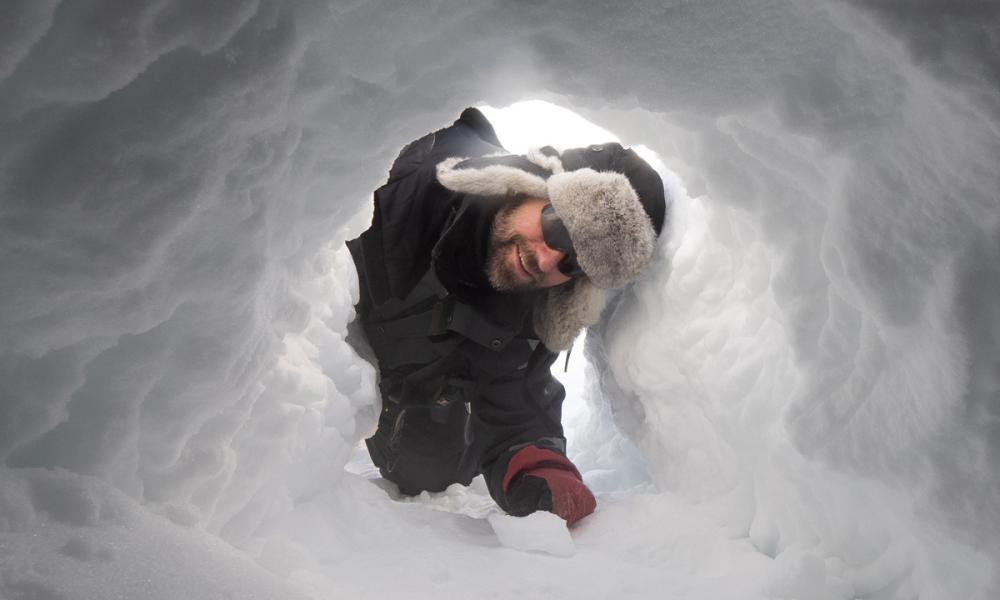
We found a den that a polar bear family had just left. This is where a mother gives birth and the temperature can be 0°C. But that’s warmer than outside, where it can be as cold as -30°C!
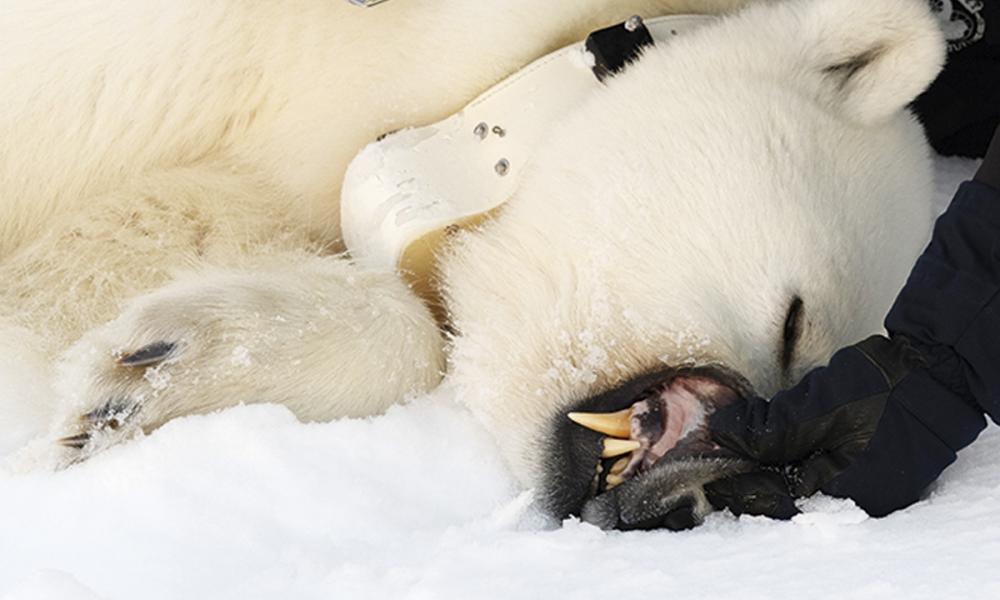
We flew to Spitsbergen, Svalbard’s largest island. One of the bears we darted had a black spot on her nose where she’d lost some hair due to a tooth infection. Ouch! Our vet took out the rest of the tooth. It’s unusual for female bears, particularly young ones, to have tooth damage like this – I wonder how she got it!
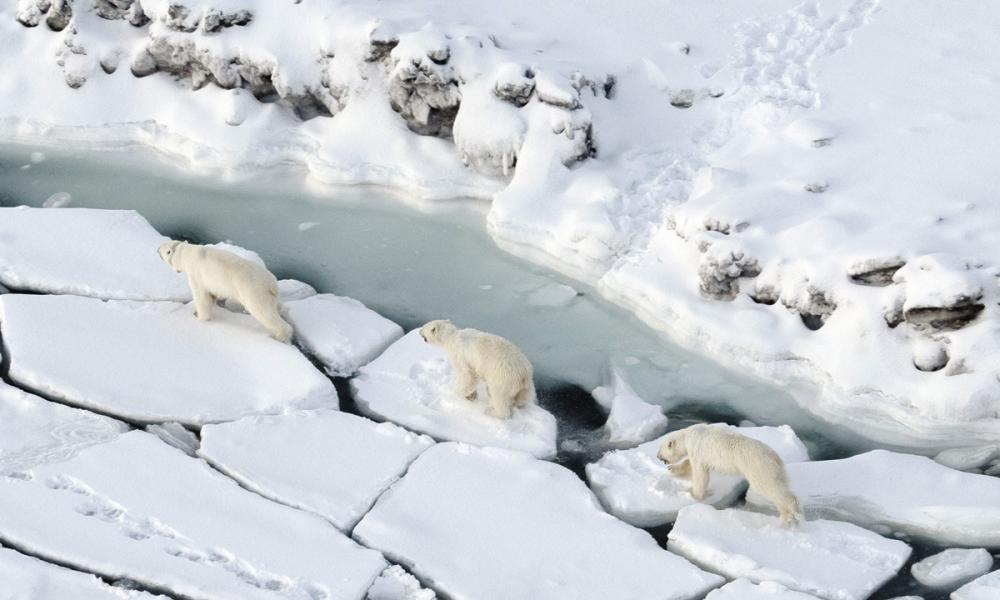
On the last day of our trip, we flew through wind and fog to put a satellite tracking collar on a female bear. Her cubs were a bit skinny, but she’s done well to raise them both to the age where they’re nearly ready to live on their own. We’ll follow the family as they head north to hunt harbour seals. If they get hungry on the way, the bears may even stop at some seabird colonies to eat the tasty eggs.
We caught up with 50 bears on this trip, including 11 cubs. Polar bears are tough, but they’ve lost a lot of habitat. Due to climate change, summer ice in the Arctic is shrinking by 13% each decade. To find out how they’re coping, we fitted 15 females with satellite tracking collars so we can follow them and help to protect them better.
There are about 300 polar bears living in Svalbard all year round